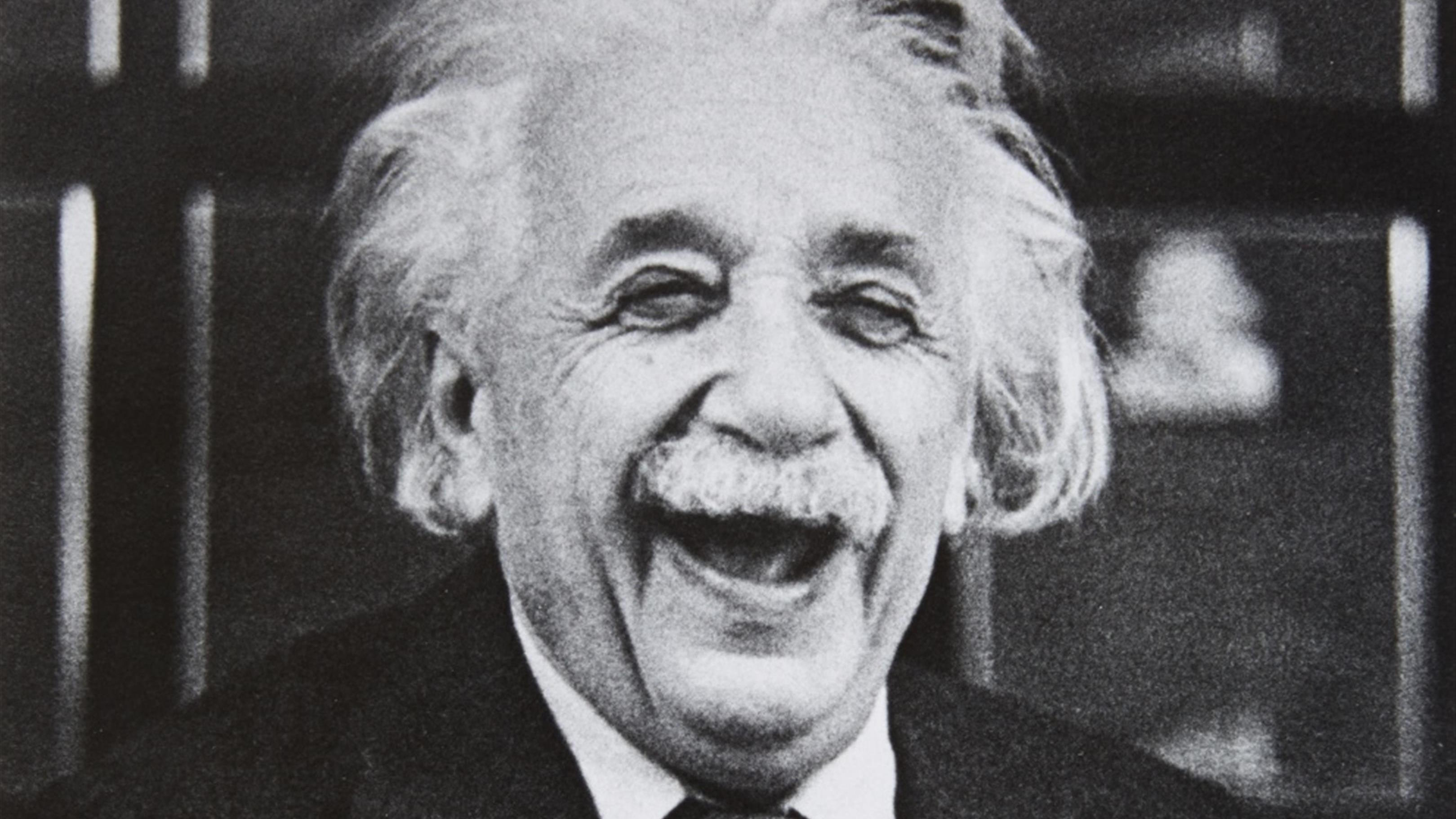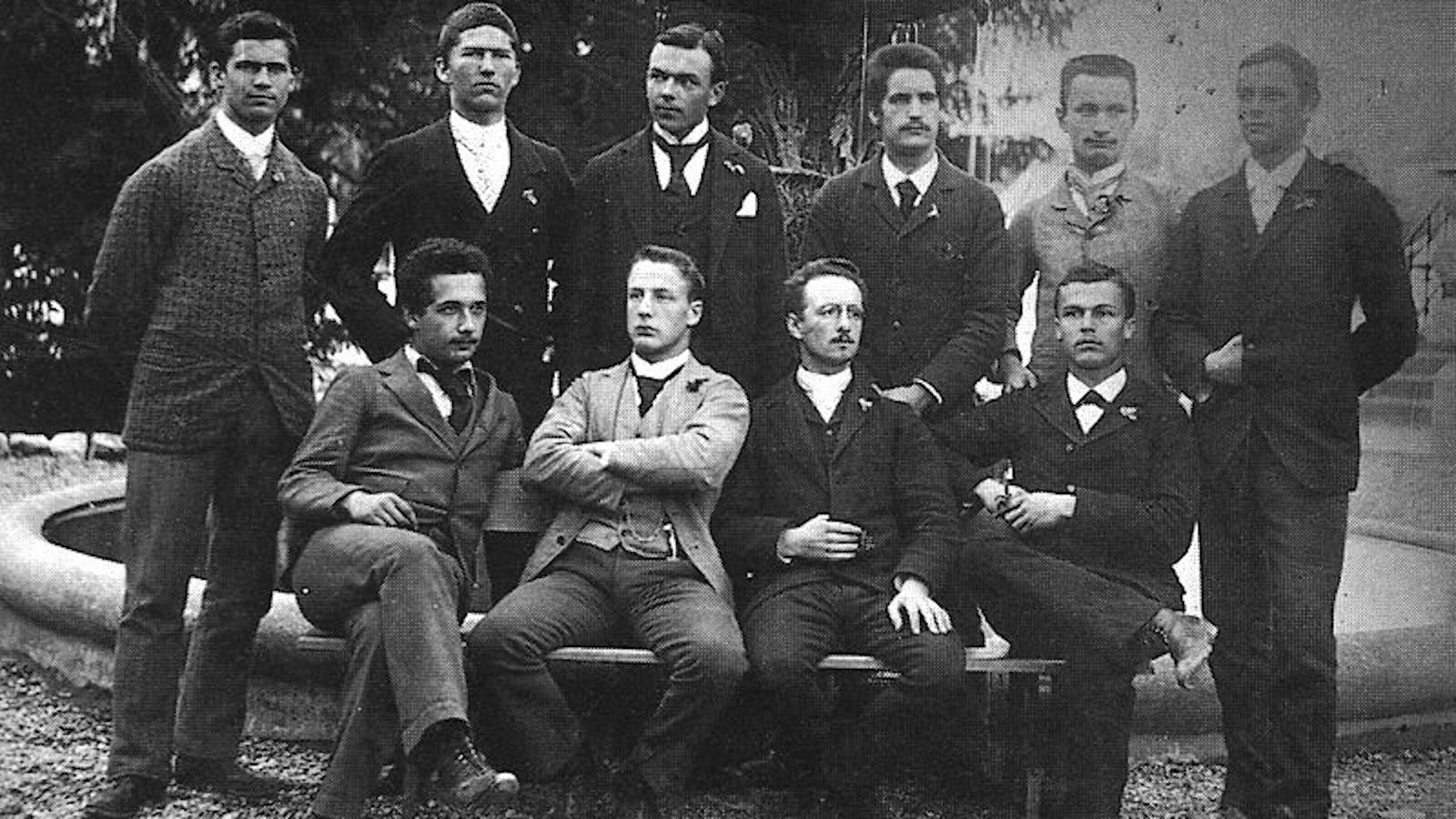Lessons from Sherlock Holmes Returns: Perspective is Everything, Details Alone Are Nothing

Details are important, often crucial. But focus exclusively on the details, without taking a step back, and you run the risk of getting lost in minutiae – and more likely than not, of missing any actual importance the details might contain. In other words, don’t forget the old proverb, “Don’t miss the forest for the trees.” It’s a cliché for a reason. Holmes reminds us repeatedly to avoid the rooky mistake, and even shows us how we might best be able to do so. In following his advice, we are likely to see a marked improvement in the quality of our own decisions.
Learning to separate the crucial from the merely incidental
In “The Crooked Man,” Holmes describes a strange case that he has been working on to Watson. He says, “Having gathered these facts, Watson, I smoked several pipes over them, trying to separate those which were crucial from others which were merely incidental.” He goes on to conclude that not only a third person but also an animal were present at the scene of the apparent crime, and zeroes in on the one individual who can tie the case together.
Take a step back…
How does Holmes go about his reasoning? First of all, he takes a step back, quite literally distancing himself from the scene of the investigation. Note that he distances himself both in space, by changing location and removing himself from the scene of the investigation entirely, and in time, by giving himself a day to reflect on the events. The technique is an important one to remember whenever you try to form a broad picture of something or gain perspective on a choice, however specific it may be.
Don’t act in the heat of the moment or come to rash judgments: in so doing, you increase the chances of conflating the crucial with the incidental, more likely than not overweighing the incidental and so making a choice that is far from ideal (I wrote earlier about the power of incidental details – if you were to leave the store, think about it, and only then come back and decide, chances are you would be better equipped to make your choice and wouldn’t fall for the marketers’ traps).
…and think about something else entirely
Moreover, Holmes doesn’t keep banging his head against the same wall. Instead, in this instance he smokes several pipes (in others, he has been known to play his violin, meditate, and take walks). It’s not just a fancy of the detective, or of Conan Doyle as the case may be. In reality, a change of activity can lead to moments of powerful insight (see this earlier post on insight and creativity and Lessons from Holmes III for more on this topic). Indeed, many a famed mind credit the moment of breakthrough to a completely unrelated activity – getting onto a bus and suddenly realizing the solution to a theorem that has plagued mathematicians for years, taking a walk and discovering a fundamental law of physics. Change is perspective’s friend.
Psychological distance affects our construal and our choices
Holmes isn’t alone in his technique. At NYU, Yaacov Trope and his collaborators have spent years studying the importance of psychological distance for optimal decision making. Trope has repeatedly demonstrated the effects that multiple types of distance—temporal, or distance in time (how long ago, or how far in the future is something?); spatial, or distance in space (how physically close or far are you from something?); social, or distance between people (how does someone else see it?); and hypotheticality (how might things have happened?)—have on the way we think and decide.
All of these distances have something in common: they are not the immediate present. They all require you to take a step back. Trope posits that our degree of distance directly influences our construal. In other words, we think differently when we remove ourselves mentally from a situation than when we are immersed in it directly. Specifically, the further we move in distance, the more general our construal, our perspective, and our interpretation become. We become able to see at each point a bigger and bigger picture. Put another way, our thinking grows more abstract; and as we move closer once more, it becomes more concrete. Our level of construal influences, in turn, how we evaluate a situation and how we ultimately choose to interact with it. It affects our decision.
Now, abstract and far is not always superior to concrete and close. But as both Trope and, I would bet, Holmes would argue, we need both—and we need both at the moment of decision—in order to maximize the efficiency of thought and choice. We need to see the abstract to know just where and how to focus on the concrete. And we need the concrete to help us scale back to the abstract.
Holmes even talks about the same types of distances as Trope. Temporal and spatial distance we saw illustrated above. Social distance, too, often comes into play in Holmes’s reasoning, as he repeatedly advocates taking the point of view of the other individuals involved in any given situation before forming an opinion. And hypotheticality is a common topic in his thoughts: for that, you need imagination, a quality Holmes values highly and stresses often, and without which, he suggests, a detective cannot be a detective.
But gaining perspective can be tricky
In real life, people don’t often behave as they do in Conan Doyle’s world. You don’t have someone telling you, as Dr. Trevelyan does to Holmes in “The Resident Patient,” that, “One or two of [the details] are so trivial that really I am almost ashamed to mention them. But the matter is so inexplicable, and the recent turn which it has taken is so elaborate, that I shall lay it all before you, and you shall judge what is essential and what is not.” Most people would never admit to being unable to judge what is or is not essential, even to themselves, let alone to others. We tend to think that we know quite well what is and what is not important. It is rare to have enough self-perspective to realize that our own reasoning might be in some way biased or flawed.
Think of it as a puzzle
You can think of the exercise as a large, complicated puzzle: the box has been lost, so you don’t know what exactly you’re putting together, and pieces from other, similar puzzles have gotten mixed in over the years, so you’re not even sure which pieces belong. How do you go about solving it?
You’ll never know how the pieces fit together unless you have a sense of the puzzle as a whole. Even though you may not have the benefit of the picture on the box to start, some pieces jump out right away: the corners, the edges, colors and patterns that obviously go together. And before you know it, you have a clearer sense of where the puzzle is heading, and where and how the remaining pieces should fit. You can now easily throw out the pieces of those pesky other puzzles that somehow got mixed in and focus on filling in the important missing details of the one you’re working on.
But you’ll never solve it if you don’t take the time to lay the pieces out properly, identify those telling starter moves, and try to form an image in your mind of the picture as a whole. Trying to force individual pieces at random will take forever, cause needless frustration, and perhaps lead to your never being able to solve the thing at all. So listen to Holmes, learn from Trope, and make a habit of taking a breath, stepping back, and assessing everything from a distance – or from a number of distances. Only then can you begin to separate the crucial from the incidental.
For the rest of the lessons, please see the introduction, Lesson I, Lesson II, and Lesson III
[photo credit: Creative Commons, INTVGene]





